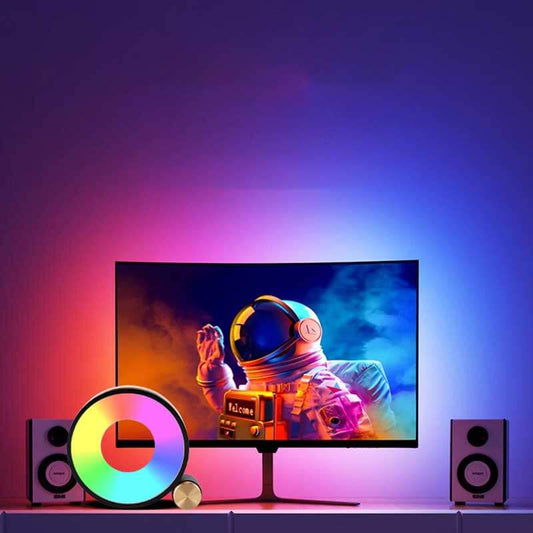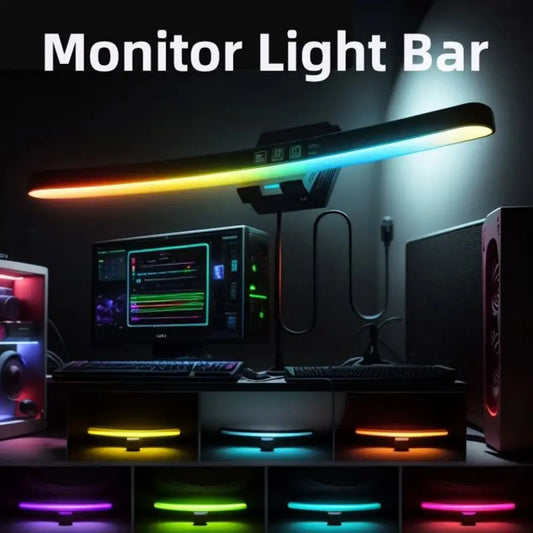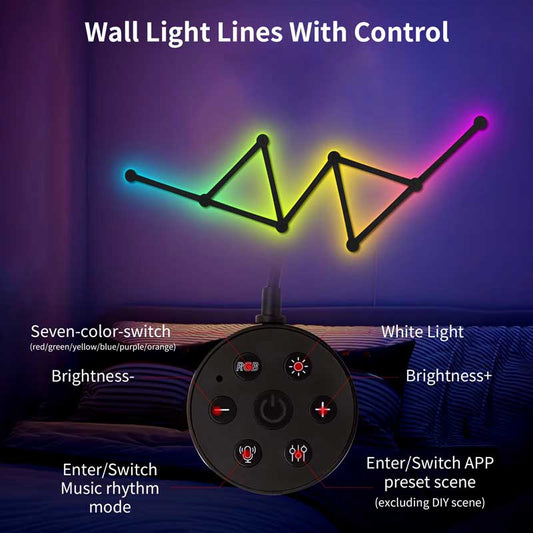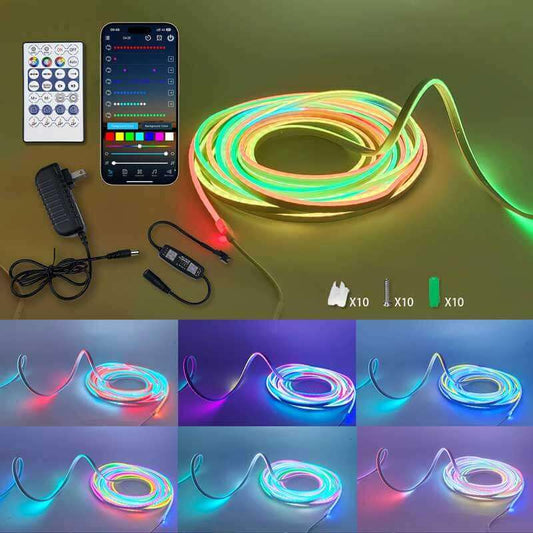What is the best monitor mode for gaming?
Share
The "best" monitor mode for gaming largely depends on the type of game you're playing, your hardware setup, and your preferences. However, there are certain settings and modes that can significantly enhance your gaming experience. Here’s a breakdown of the most common monitor modes for gaming and how to configure them for optimal performance:
1. Gaming Mode / FPS Mode / Custom Mode
Gaming Mode (often found in the settings menu of gaming monitors) is usually the best option for competitive gaming or fast-paced action games. This mode is optimized to minimize input lag and enhance visual clarity, providing smoother gameplay and faster response times.
Key Features of Gaming Mode:
- Reduced Input Lag: This mode is designed to minimize any delay between your actions (e.g., moving the mouse or pressing a key) and the corresponding actions on the screen.
- Optimized Contrast and Brightness: The monitor adjusts its settings to make dark scenes clearer (important in games like FPS or stealth games), while also boosting the brightness for clearer visibility in well-lit scenes.
- Response Time Optimization: Many gaming monitors reduce response time in gaming mode, allowing for less ghosting and motion blur.
When to Use:
- Competitive FPS games like CS:GO, Valorant, or Apex Legends.
- Games where reaction time and smooth gameplay are crucial.
How to Enable Gaming Mode:
-
Via Monitor OSD (On-Screen Display) Menu:
- Open the OSD menu (usually by pressing the joystick or buttons on the back of the monitor).
- Look for a section called Display, Picture, or Mode.
- Select Gaming Mode, FPS Mode, or similar options.
- Some monitors have preset options for FPS, RTS, Racing, and RPG games, and you can adjust the brightness, contrast, and sharpness settings as well.
2. G-Sync / FreeSync Mode
G-Sync (for NVIDIA GPUs) and FreeSync (for AMD GPUs) are technologies designed to eliminate screen tearing and stuttering, providing a smoother and more fluid experience during gameplay. These modes are ideal for reducing the gap between your GPU’s frame output and the monitor’s refresh rate.
Key Features of G-Sync/FreeSync:
- Eliminates Screen Tearing: Syncs the monitor's refresh rate with your GPU's frame rate, preventing the tearing that happens when the two are out of sync.
- Smoother Gameplay: Results in fewer stutters, making the game feel much smoother.
When to Use:
- For high-FPS games where you notice tearing (e.g., action games, racing games).
How to Enable G-Sync/FreeSync:
-
On the Monitor:
- Open the OSD menu.
- Look for G-Sync or FreeSync settings, and enable it.
-
On Your PC (NVIDIA or AMD settings):
- For NVIDIA: Open NVIDIA Control Panel, navigate to Display > Set Up G-Sync, and check the box for Enable G-Sync/G-Sync Compatible.
- For AMD: Open AMD Radeon Settings, go to Display, and enable FreeSync.
3. HDR Mode (High Dynamic Range)
HDR improves the color range and contrast in compatible games, making visuals pop with brighter whites, deeper blacks, and more vibrant colors. If your monitor supports HDR, it can significantly enhance the visual experience in supported games.
Key Features of HDR Mode:
- Better Contrast and Colors: Brighter highlights and deeper shadows make the game world more immersive.
- Improved Visuals: HDR can make certain games look more realistic, especially in darker or visually complex scenes.
When to Use:
- Single-player games with stunning visuals (e.g., Red Dead Redemption 2, Cyberpunk 2077).
- Games with HDR support that benefit from richer visuals.
How to Enable HDR Mode:
-
On the Monitor:
- Enable HDR in the OSD menu under Display Settings.
-
On Your PC:
- In Windows 10 or 11, go to Settings > System > Display and toggle HDR on for the monitor.
4. Low Latency or Fast Response Mode
Some gaming monitors have a Low Latency or Fast Response mode, which reduces input lag and enhances the monitor’s response time to improve overall gaming performance.
Key Features:
- Reduced Input Lag: Ensures minimal delay between your input (like pressing a key or moving the mouse) and the screen’s response.
- Faster Response Time: It improves how quickly pixels change, reducing ghosting and motion blur during fast-paced action.
When to Use:
- Competitive FPS games where reaction time is critical.
How to Enable Low Latency Mode:
- Look for Low Latency or Fast Response settings in the OSD menu under Picture or Game Settings.
- Enable it to optimize performance.
5. Custom Mode for Personal Preferences
If you’re not looking for a preset mode, many monitors allow you to customize individual settings for brightness, contrast, sharpness, color, and other parameters. This Custom Mode lets you tweak everything to your liking, providing the perfect balance of visual fidelity and performance.
Key Features:
- Full control over settings like brightness, contrast, color temperature, etc.
- Ideal for those who prefer personalized visual settings for comfort or style.
When to Use:
- When you want to fine-tune your display for your exact preferences.
How to Customize Settings:
- Open the OSD menu and adjust each setting according to your needs.
- Some monitors allow saving multiple profiles, so you can switch between gaming and productivity settings.
In Summary:
- Best Monitor Mode for Gaming: Gaming Mode is typically the most recommended for FPS, RTS, and action games. It minimizes input lag and optimizes the monitor for fast-paced gameplay.
- Additional Modes: Use G-Sync/FreeSync for smoother gameplay and HDR for better visuals, especially if you play graphically rich single-player games.
- Customize settings for personal preference if you like fine-tuning every aspect of your display.
For more information:




